ECONOMIC OUTLOOK AND INDICATORS IN GEORGIA
HOTEL PRICE INDEX
PMC RESEARCH - IFO GEORGIAN ECONOMIC CLIMATE
BLACK SEA BULLETIN
QUARTERLY TOURISM UPDATE
ECONOMIC OUTLOOK AND INDICATORS IN UKRAINE
SECTOR SNAPSHOTS
EMPLOYMENT TRACKER
MACRO OVERVIEW
BAG Index
Profile Of Bilateral Relations

Foreign Assistance to Ukraine (2022-2024)
10-Mar-2025
From the beginning of the war in February 2022 up until 31 December 2024, the international community has committed a total of €399.8 billion to Ukraine, with the majority (52%) designated for financial assistance, 42% for military assistance, and 6% for humanitarian assistance.
Of the committed assistance, 67% (€267.2 billion) has already been allocated.
The US leads the way in terms of total commitments, with 96% of its pledged assistance already allocated.
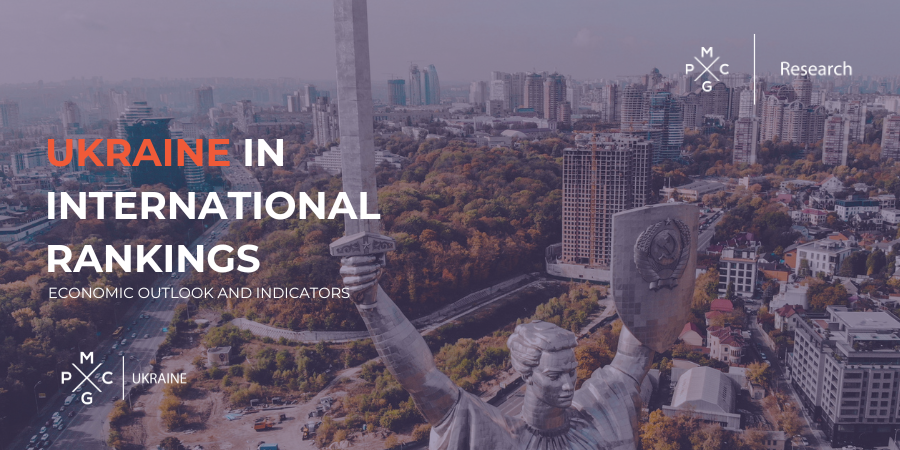
Ukraine In International Rankings
19-Jun-2024
This publication compares the position of Ukraine in relation to two fellow EU candidate countries, namely Georgia and Moldova, to understand where it stands on European integration. Specifically, it evaluates the performance of all three nations alongside that of EU member states across several key indices and rankings.
A promising trend is evident in Ukraine's Control of Corruption indicator, showing a steady increase from 2019 to 2022. Fighting corruption is a key demand of the Ukrainian people and a crucial prerequisite for EU accession.
According to the European Commission, despite Russia’s full-scale invasion in February 2022 and subsequent war, Ukraine has persisted in advancing democratic and rule of law reforms. Relatedly, in December 2023, EU leaders initiated accession negotiations with Ukraine.
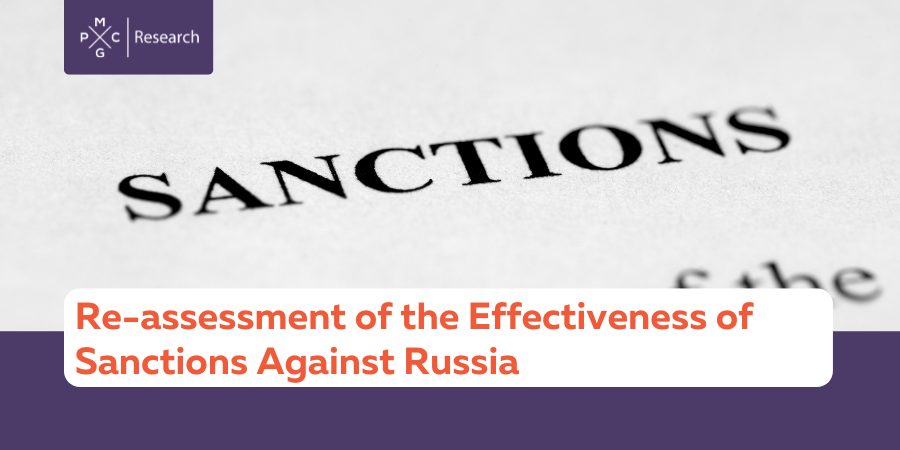
Re-assessment of the Effectiveness of Sanctions Against Russia
22-May-2024
More than two years have now passed since Russia’s full-scale invasion of Ukraine on 24 February 2022. During this period, an unprecedentedly broad package of sanctions has been imposed against Russia, with the quantity of measures and the targeted sectors, entities, and individuals constantly expanding. This bulletin, which is a follow up to an earlier issue published in 2022, provides a re-assessment of the effectiveness of the most important sanctions to have been imposed on Russia since its invasion of Ukraine on 24 February 2022.
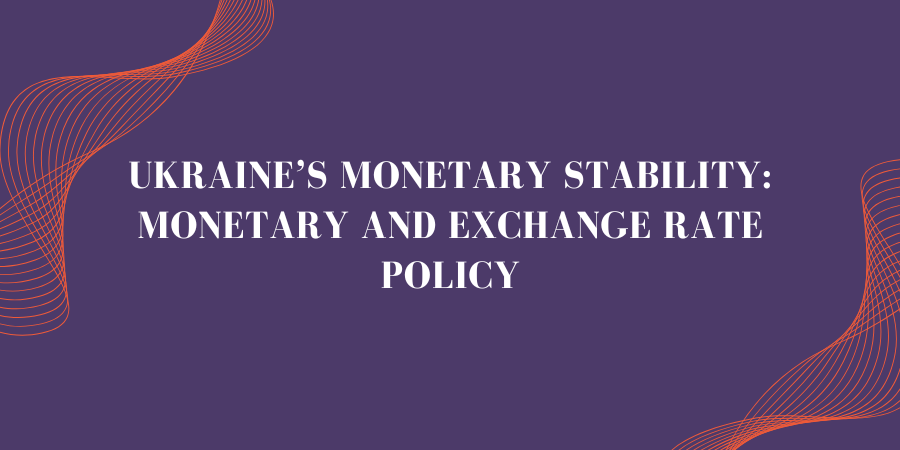
Issue 21: Ukraine’s Monetary Stability: Monetary and Exchange Rate Policy
05-Dec-2023
Since Russia’s invasion of Ukraine on 24 February 2022, Ukraine has adopted various measures and policies to support business and economic activities in the country. Alongside fiscal policies as well as business and labor support programs, monetary regulations have played a crucial role in ensuring the resilience of its wartime economy.
The National Bank of Ukraine (NBU) has been efficiently responding to monetary developments, implementing effective actions to maintain the country’s monetary stability. This bulletin provides an overview of some of the most recent monetary and exchange rate policies adopted in Ukraine and analyzes their effectiveness by looking at three key monetary stability indicators: exchange rate, inflation, and reserves.
UKRAINIAN PUBLICATION
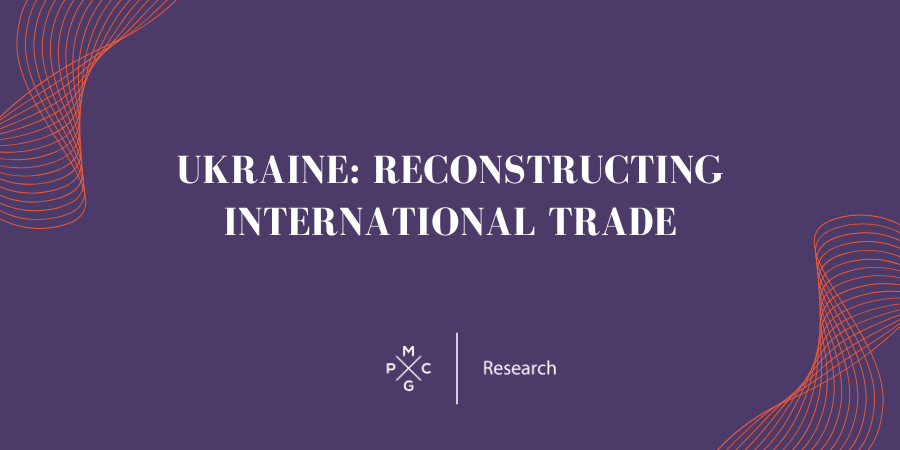
Issue 20: Ukraine: Reconstructing International Trade
04-Jul-2023
In this bulletin, we overview the infrastructural losses Ukraine has suffered from the war so far, the plan for rebuilding the country’s trade infrastructure, the dynamics of Ukraine’s international trade, the facilitation of exports, and the strengthening of the country’s economic resilience with the assistance of external actors.
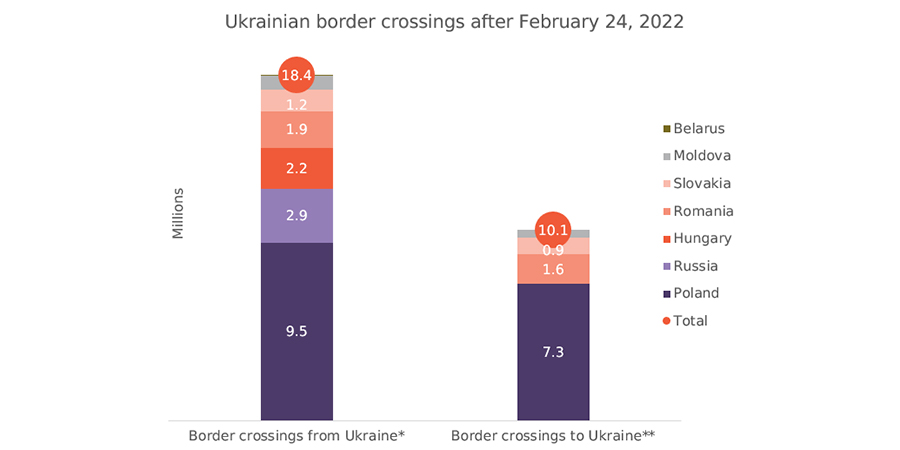
Issue 19: Ukrainian Refugees and their Effect on Labor Markets at Home and Abroad
02-Mar-2023
The unprovoked Russian invasion of Ukraine has brought economic and political turmoil to the world, taking numerous civilian lives as well. Since the war broke out, more than 8 million Ukrainians have been recorded as having emigrated across Europe, making it crucial to understand their impacts on the economy and in particular the labor market of host countries and Ukraine. Therefore, this bulletin overviews the dynamics of displacement from Ukraine and analyzes their current and potential economic and social impacts on Ukraine and host countries.
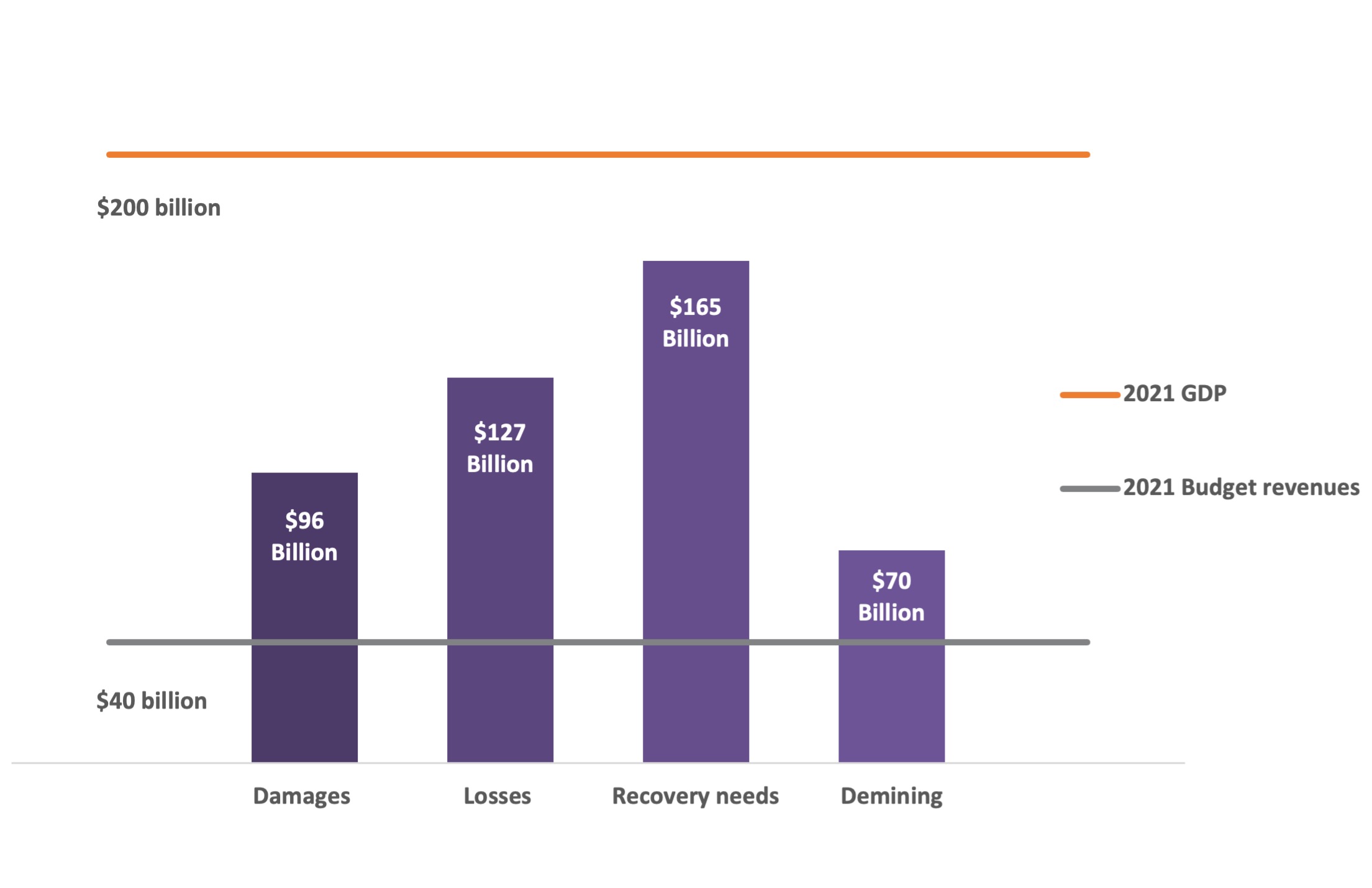
Issue 18: Audit of War Damage and Overview of Ukraine’s Budget for 2023
09-Jan-2023
The unprovoked Russian invasion of Ukraine has shattered the lives of millions of civilians and destroyed dozens of Ukrainian cities. The damage has been enormous, with only some of it economically measurable. While we cannot assess the true cost of thousands of lives being taken, we can approximately measure the damage done to Ukraine’s infrastructure, social, and other sectors, which is discussed in this bulletin alongside the revised 2023 budget for Ukraine.
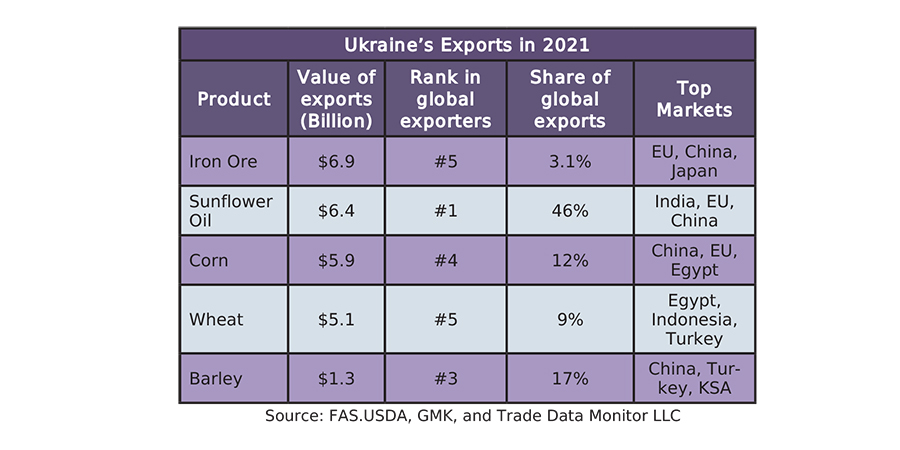
Issue 17: Ukraine’s Maritime Trade and Port Infrastructure
01-Dec-2022
Russia’s war in Ukraine has stifled the latter’s maritime industry. It has disrupted 15 of Ukraine’s 18 seaports as well as its inland water navigation facilities. As the maritime industry usually plays a crucial part in Ukraine’s external trade, the abovementioned disruptions have hampered the country’s exports markedly. To portray the effects of the halting of operations at Ukrainian ports on both domestic and international markets, it is essential to analyze the significance of Ukraine’s maritime industry and its role in the country’s external trade, the Black Sea, and beyond.
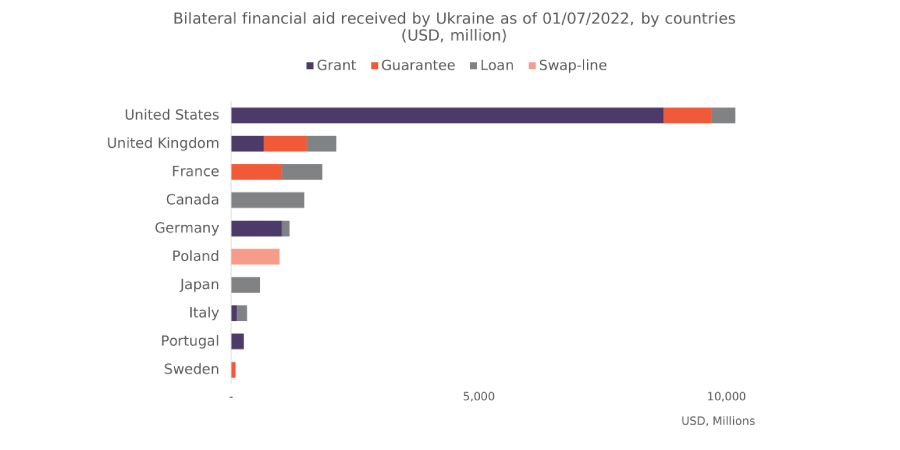
Special Issue: Overview of the Measures Taken to Support the Ukrainian Economy During the War
18-Aug-2022
The Ukrainian authorities have recently presented Ukraine’s National Recovery Plan and while it is indeed important for the Government to have a plan for Ukraine’s post-war reconstruction, it is also crucial to analyze what instruments the state is using now to survive the war economically and to safeguard business activity, primarily of SMEs.
Since Russia’s invasion of Ukraine on 24 February 2022, martial law has been in effect across the whole territory of Ukraine. Alongside restrictions on the movement of male Ukrainian citizens aged 18 to 60 from their places of residence, the imposition of curfews, and other laws needed to repel the armed aggression and ensure national security, the Ukrainian government has also adopted special laws and measures aimed at supporting business and economic activity in the country.
To ensure the resilience of the wartime economy, a significant portion of assistance has already been provided to the Ukrainian government by partner countries and international organizations. Currently, as Ukraine is at the first stage of its recovery plan, also referred to as the “wartime economy” or “urgent/resilience” stage, the total funding needs for 2022 are estimated at USD 60-65 billion.
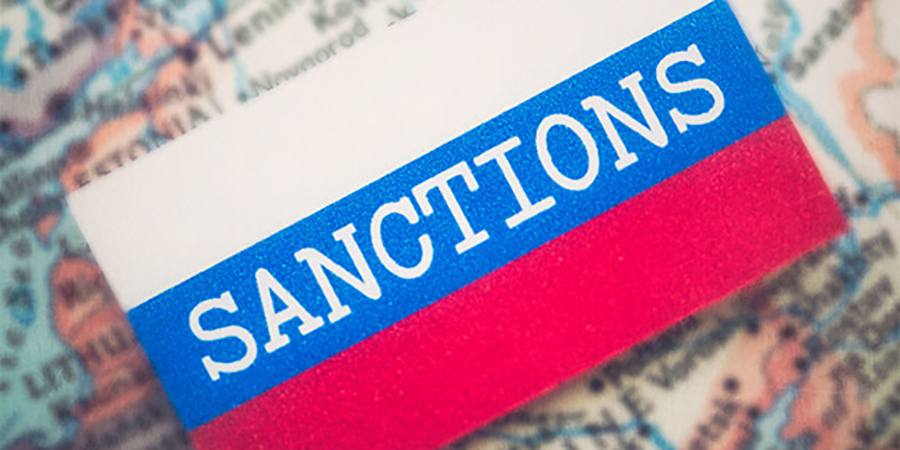
Special Issue: Assessment of the Effectiveness of Sanctions Against Russia
06-Apr-2022
The sanctions imposed on Russia are unprecedented in their scale and speed. In total, including restrictions already been in place before the 2022 invasion, Russia has been the subject of over 5,000 restrictive measures enacted by 41 countries, which makes it the world’s most sanctioned country. This bulletin provides an overview of the most important sanctions that have been imposed on Russia following its invasion of Ukraine on February 24, 2022 and an assessment of the potential effectiveness of those sanctions.
- Periodic Issues
- ECONOMIC OUTLOOK AND INDICATORS IN GEORGIA
- HOTEL PRICE INDEX
- PMC RESEARCH - IFO GEORGIAN ECONOMIC CLIMATE
- BLACK SEA BULLETIN
- QUARTERLY TOURISM UPDATE
- ECONOMIC OUTLOOK AND INDICATORS IN UKRAINE
- SECTOR SNAPSHOTS
- EMPLOYMENT TRACKER
- MACRO OVERVIEW
- BAG Index
- Profile Of Bilateral Relations

